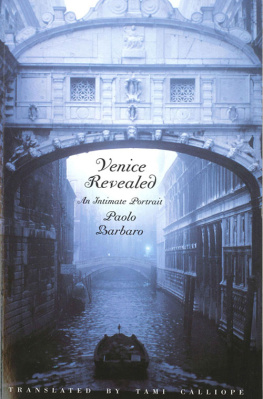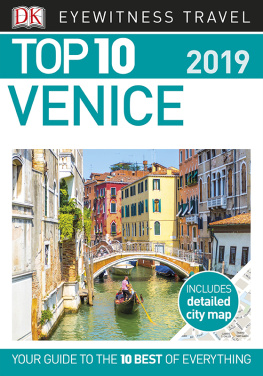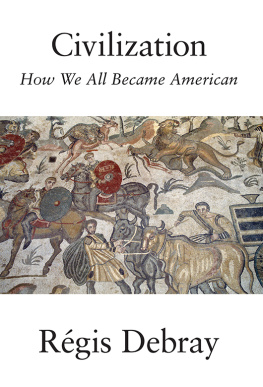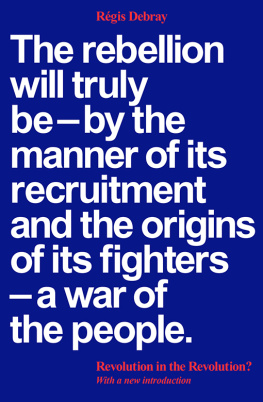Contents
U NTIL YOU HAVE LAID the ghost of Venice within yourepressed every posture, leaning, pretension, temptation or daydream capable of being described as Venetianyou will never be on level terms with the internal enemy. For that is where Flauberts Homais still clings on the eve of the third millennium, that is his Noahs Ark: the city of marble and gold, the most vulgar resort frequented by people of taste (those whom works of art render blind and deaf to commonplace historical reality).
This is not a fixation of mine. Nor is it my faultor yoursthat Western history has set the family jewel at the top of the Italian boot, glittering obscenely and tenaciously in the fold of the groin. I mean to see the thing for what it is, without taking sides, without sourness, with the cold eye of a drunk: back on the bottle after five cures and ten placebos, but determined this time to get off it for good.
Let no one come and plague me later with allegations of resentment, vengeful passion, sour grapes. Of course I learned in class how and why to venerate this educational town, just as I mounted the podium to recite Homme libre, toujours tu chriras la mer and visited the Louvre to stand yawning in front of The Marriage at Canaa (so rashly appropriated from La Serenissima by Bonaparte). Like all schoolboys. But I have never identified closely with Venice, in the manner of those patriots who sometimes claim to be sick for France. The most I can say is that I have suffered to see so many of my well-meaning contemporaries, myself included, shackled to that most essential of educational fairylands, that holy of holies of the pleasure principle. Perhaps a few rustic observations may help liberate two or three timid souls from all nostalgia for vaporetti and creaking jetties. Enable them to break with this collage, to deem the incident closed, to have done with the Obligation. I even toy with the irreverent idea of using the language of preventive medicine to influence coming generations . Dont take Venice, a drug which is only pleasurable on the first trip. Anyone might be led into it once, just to be like everyone else. But take a look into the nearest culture-boutique and see what the habit has done to your elders.
O DE TO JOY , The Marriage at Canaa, Harmonies du soir. It takes time to register the distinctive signs of facile work, time not for reflection but cross-checking. It poet of the humble.
For many years my body sniffed out imitation from a distance, without daring to draw nearer. Whenever a charming dinner-companion mentioned one of these test pieces in a favourable tone, it refolded its napkin and called for the bill. The head shrank from the scene of explanation, mused over the dots on the is, dreamed of one day being rid of the shameful confusion between true and fake. Excuses were made. Little by little, however, the road signs (give way to traffic from right) started to establish a code. One or two measures were taken, reluctantly. Just as, at fifty, some sort of dietary self-defence becomes necessary, to unload the bad fat from a thousand superfluous dinners, to carry on jogging or riding a bike, so the organism has eventually to face the need for dietary discipline in images and sounds, to carry on feeling through its own soul rather than the souls of others. To clear out all the occupants. Perhaps Beethoven, Veronese and Baudelaire should be seen as contra-indicated, like sugars and lipids. But to leave it at that would be to leave the job unfinished.
Internal obesity calls for more draconian treatment, an operation at source. For the character who admires bright vainglorious brocades, the contrived seesawing rhymes of Les Fleurs du Mal or Ludwigs humanitarian male voice choirs is, you can be sure, a lover of Venice by nature, the sort of person who is sent straight to seventh heaven by a pink Tiepolo ceiling.
You are going to stop me with the classic interjection: but its much more complicated than that. I have already been told, thanks: there are also the Quartets, the Calvary and the Salons or Le Spleen de Paris. It goes without saying that Beethovens work is not exclusively emphatic; that the decorator who produced The Triumph of Venice and other heavy mundanities (low-fat painting, like 45% butter) sometimes seems aware that existence is not all feasting, rich velvet and heroic poses; and that Baudelaire the art critic and portraitist of modern life becomes the perfect chemist, achieving in prose the poetry that a laboured, over-polished satanism denied him in verse (a counterfeit Titian, at his best when content to be a real Constantin Guys no mans land without the slightest hint of local colour. Not everything in the lagoon is nauseating, I admit, any more than in the complete works of Baudelaire.
On the spot, I have myself sometimes been seized with a sort of ambivalence, not knowing how to prise the nugget out of the surrounding matrix. I have sometimes dreamed not of death in Venice but of a thoroughly dead Venice, with all its overbearing domes, pinnacles and lantern-skylights fallen, and only the triangular pediments of the Scuola Grande di San Rocco left standing. Gesuati and Gesuiti, hump-backed bridges, tritons, lions and crocodiles: let them all slide into oblivion, provided this heart is left intact, with the ovoli on the ceilings and the canvases on the walls, from the Annunciation on the ground floor to the Crucifixion in the Sala dellAlbergo: the vital organs of Imagination Man will still be safe.
Nothing can better illustrate this perplexity than the central gallery of the Accademia, a long rectangular box that juxtaposes Dinner at the House of Levi, covering one entire wall, with, on the reverse of the opposite wall, The Arrest of St Mark. Veroneses trompe-loeil is so integrated into the architecture of the room, and beyond it the decorative spirit of the centre of Venice, that this great concoction, riotous colour without an atom of pain or a highlight of truth, seems not only framed but actually held up by columns and semicircular arches after a while the bewildered eye starts to find these difficult to identify: are they part of the museum, or of the dwelling of the said Levi? Do they belong to the rococo surroundings or to an episode in holy history? Then, at the corner, you pivot on your heel and Tintorettos uppercut mows you down without warning. So that, under the same washed-out zenithal light, a showbiz production rubs shoulders with a consignment to the abyss, a peep-show with a chasm, without any gradation. Like the simultaneous projection on a single split screen of Cecil B. DeMille on the right, Orson Welles on the left. But we shouldnt flatter ourselves. In the Venice that people concur in holding to be real (even if Welles did go there to shoot a single sequence of Othello, in black and white) the right side of the screen crushes the left. Baroque in stereo and Technicolor is what fills shelves, mouths and aircraft. That is the superproduction being considered here: Venice orbi, not urbi. But watch out. The trail of the jet set, who no longer trust cheap makeup, is recycled by every Tom, Dick and Harry in the form of a confidential this-is-all-Im-telling-you. Youll see, murmurs the tourist in his trattoria, furtively lowering his voice, on this route, you wont see a single tourist. The alternative itinerariesall different, known to absolutely nobody else, avoiding the fatal Rialto-Doges Palace-la Salute trianglethat the old connoisseur promises you if you are very good, like a lollipop to a griping brat, are the most attaching thing of all. And they are the last to lose their appeal. So listen: you will have to wrap up warm around the neck.

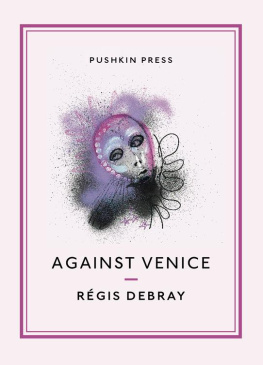
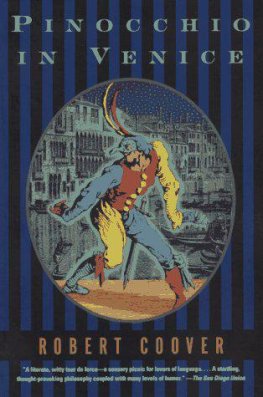

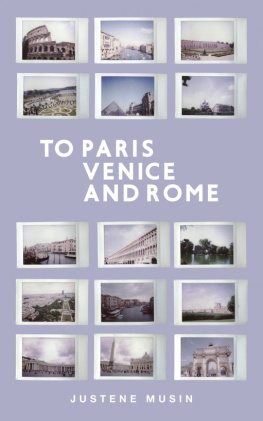


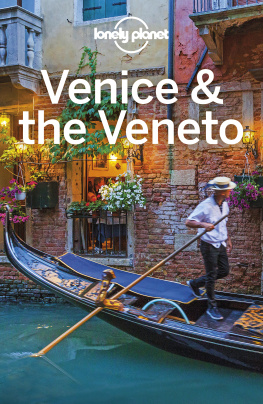
![Bosworth - Italian Venice: a history[Electronic book]](/uploads/posts/book/194557/thumbs/bosworth-italian-venice-a-history-electronic.jpg)
